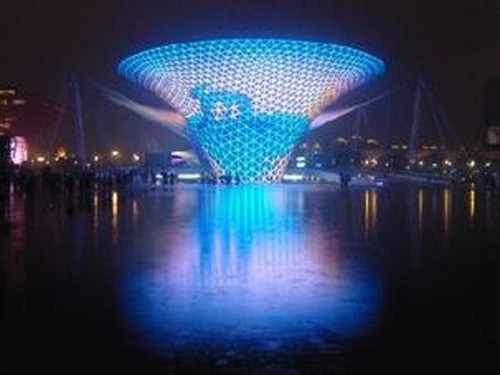At the beginning of reform and opening up, China's low labor costs and favorable conditions for investment promotion have become the best destinations for Europe, the United States, Japan, and South Korea to transfer processing and manufacturing links to low-end industrial chains. The same is true for the LED industry. By vigorously developing the export-oriented foundry economy, a number of LED industry zones have been formed in the Pearl River Delta, Yangtze River Delta, Handan Triangle and other coastal areas. Diamond Sintered Profile Grinding Wheel CHANGZHOU ANTALYA TOOL AND MACHINERY CO., LTD. , https://www.atly-tool.com
At present, OEM is still one of the major development models of China's LED industry. With the decline of LED product prices, intensified market competition, the cost reduction of brand enterprises, the continuous disappearance of the domestic population dividend, and the continuous rise in raw material costs, the development of OEM companies has been severely constrained. In the face of the changing economic environment, LED OEM companies must actively transform their strategies, otherwise they will be eliminated by the market.
The danger and machine of OEM
LED OEM mode mainly includes three modes of processing, OEM and ODM. OEM is the original equipment manufacturing, commonly known as OEM; ODM is engaged in or participates in product R&D and design on the basis of OEM. At present, the domestic LED industry OEM mainly. Relevant data show that the proportion of LED products that China exports has reached 80%.
OEMs can help brands and manufacturers achieve win-win cooperation and combine brand, technical advantages with cost control and cheap labor advantages. OEM has become one of the main ways for LED lighting of traditional lighting companies to transform and most domestic LED companies to participate in global competition. NVC lighting, Foshan Lighting, Midea and other traditional lighting companies initially adopted the OEM model to enter the field of LED lighting. For these traditional lighting companies to win the channel, the biggest advantage is obviously not the production process.
In March 2010, Ebison set up the lighting business department, clarified its orientation to global LED lighting professional OEM/ODM integration service providers, and chose to manufacture as an important foundation for lighting business start.
“Many small and medium-sized enterprises in China focus on doing OEM business, mainly due to the pressure of survival. The OEM orders are relatively stable, the operation cycle is short, and cash on delivery does not have much financial pressure and inventory. The OEM only needs to focus on R&D. In the field of production, branding requires huge up-front investment, high profits and high risks, said a senior industry source.
Affected by energy conservation and emission reduction policies, the demand for global LED terminal products has risen sharply. International lighting giants, domestic brands LED manufacturers and cross-border companies have entered the field of LED lighting, and continue to expand production capacity to snatch the market, which provides OEMs with more opportunities for development.
OEMs have become an effective way for brand operators to quickly seize the market. For brand operators who have strong financial strength, strong brand influence, advanced technology research and development, and rich experience in market operations, through the integration of products to realize product advantages, maximizing production capacity and product diversification in a short period of time. . Most products such as Philips, Osram and GE are produced by OEMs. Shanghai Yaming, Sunshine Lighting, Feihua Lighting and Libita Lighting have successively processed energy-saving lamp products for Philips.
As the manufacturing link with the lowest added value on the “smile curveâ€, the difference in labor costs is the main source of profit for OEM companies, because customers will pay to foundry companies at higher labor costs. However, as domestic labor costs and raw material costs continue to increase, the demographic dividend gradually disappears, and LED OEMs can only rely on volume to maintain profitability.
Foxconn, the world's most influential foundry factory, is best at controlling large-scale production, labor costs, and material costs. Now it is also undergoing transformation, taking the path of its own brand and adopting machine-based production. It can be seen that small and medium-sized OEMs are in a much more difficult position. An industry source said: "The previous generation of large-brand processing, the profit is OK, but with the increasingly fierce price war, the brand company will be able to lower prices so low, profits become thinner and thinner. It will lose money."
In this regard, Professor Xu Chunming, vice president of the Institute of Intellectual Property of Shanghai University, said that China’s foundry companies must be transformed because the profitability model of the foundry lies in low labor costs. However, in the past two years, the labor cost in China is 10%-20% per year. The increase in the proportion squeezed the profit margin of China's LED foundry industry. China's LED companies need to realize the transition from cost-driven to innovation-driven and take the road of own brands.
OEM and independent brands in parallel
In the LED industry, the upper and middle reaches of the chip packaging field is based on technology and innovation as the main driving force; in the downstream lighting applications, brands and channels are often the core competitiveness of enterprises. As a LED foundry company with no technology, no brand and channel, it can only rely on modest processing profits to survive. This is not conducive to the long-term development of the company.